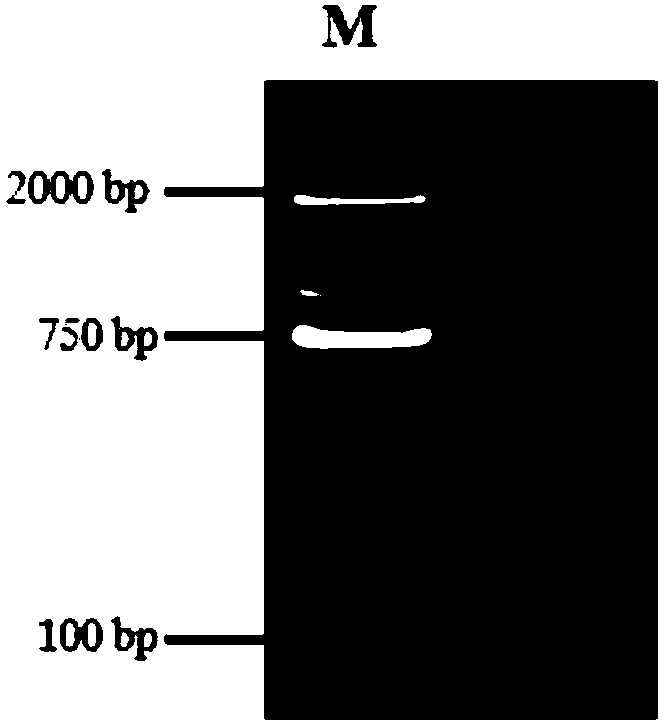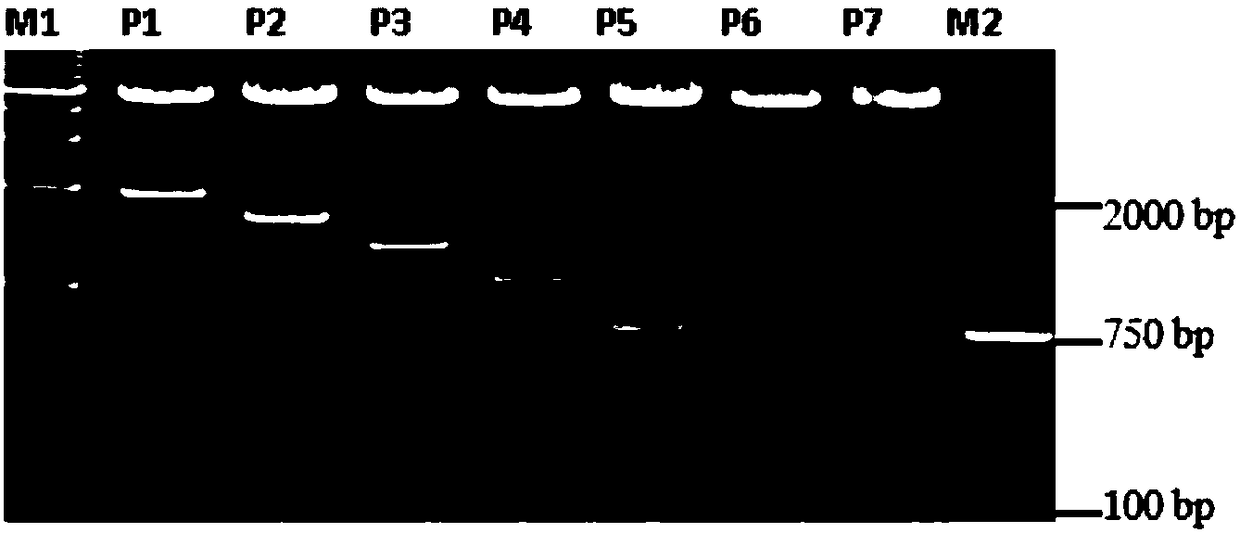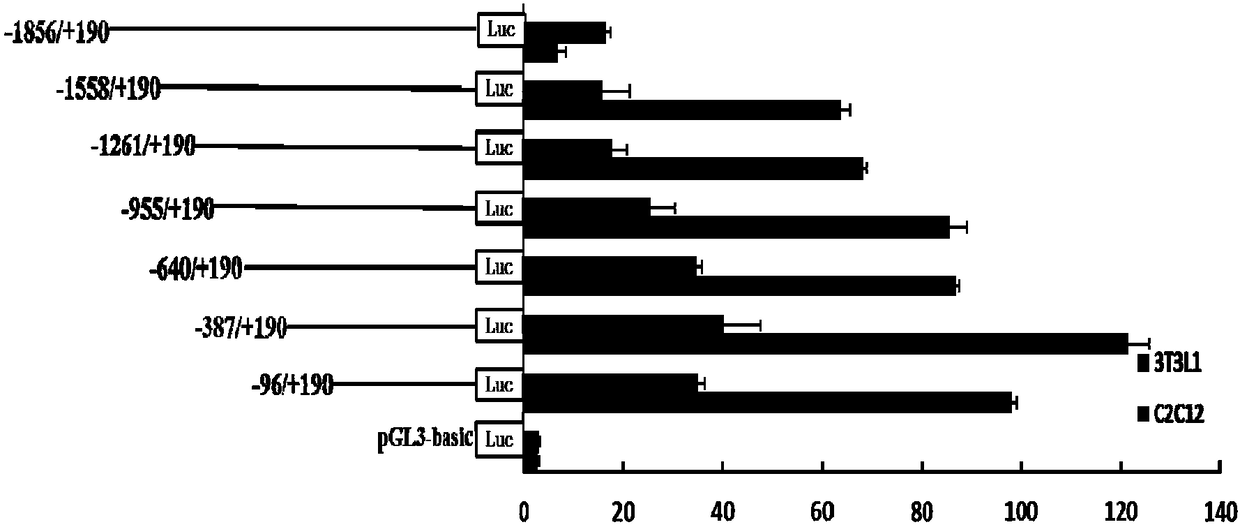Identification method of regulatory element for regulating transcriptional activity of FATP1 gene promoter
A technology of regulatory elements and promoters, applied in biochemical equipment and methods, recombinant DNA technology, measurement/inspection of microorganisms, etc., can solve problems such as the transcriptional regulation mechanism of bovine FATP1 gene that has not been reported
- Summary
- Abstract
- Description
- Claims
- Application Information
AI Technical Summary
Problems solved by technology
Method used
Image
Examples
Embodiment 1
[0028] 1. Analysis of luciferase activity of FATP1 gene promoter
[0029] 1. Design of promoter primers
[0030] According to the 5′UTR sequence of the FATP1 gene in GeneBank, the transcription start site identified by 5′-RACE was +1, and gene-specific primers were designed by Clone Manage software:
[0031] The upstream primer is Forward Primer F1:5′-CTACTGTGGTGGGCACTTG-3′
[0032] The downstream primer is Reverse Primer R1: 5'-TTGTTCCCTGGCTGACCTGGAG-3'.
[0033] Bovine genomic DNA was used as a template for PCR amplification, and the target fragment was 2046bp in total from the promoter sequence -1856 to +190. Add 1.2 μL (100ng) DNA template, 0.4 μL KOD-Plus-Ver 2.0 (1U / μL), 2 μL 10×PCR Buffer, 2 μL dNTP (2 mmol / L), 0.8 μL MgSO in 200 μL PCR tube 4 (25mol / L), 0.6 μL ForwardPrimer F1 (10 μM), 0.6 μL Reverse Primer R1 (10 μM), 12.4 μL ddH 2 O, a total of 20 μL, vortexed and centrifuged, placed in a PCR instrument for reaction, the reaction conditions are as follows: pre-de...
PUM
 Login to View More
Login to View More Abstract
Description
Claims
Application Information
 Login to View More
Login to View More - R&D
- Intellectual Property
- Life Sciences
- Materials
- Tech Scout
- Unparalleled Data Quality
- Higher Quality Content
- 60% Fewer Hallucinations
Browse by: Latest US Patents, China's latest patents, Technical Efficacy Thesaurus, Application Domain, Technology Topic, Popular Technical Reports.
© 2025 PatSnap. All rights reserved.Legal|Privacy policy|Modern Slavery Act Transparency Statement|Sitemap|About US| Contact US: help@patsnap.com



